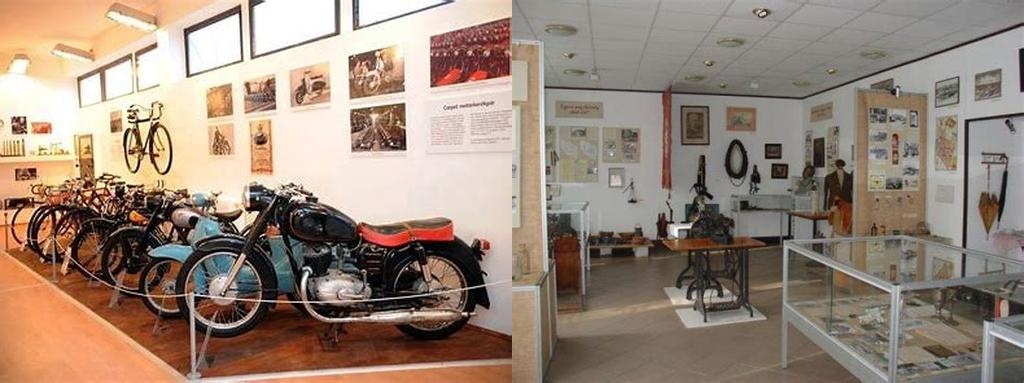
Csepeli Helytörténeti Gyűjtemény, found in the heart of Csepel district, isn’t just a museum—it’s a cozy, unexpectedly rich time capsule tucked into southern Budapest. If you’ve ever wandered across the unassuming residential streets of Csepel and wondered what stories might hide behind those pastel façades, this place is a direct invitation to dig beneath the surface. The collection lives in one of the oldest houses in Csepel, an 18th-century so-called “longhouse” that itself is a museum object—stepping inside, the creaking wooden floors feel like an intro to the many layers of the district’s past.
Many Budapest visitors never make it to Csepel, but this district has a working-class spirit and industrial legacy that’s distinctly its own. The history here pulses with the rise of the Weiss Manfréd factory, Csepel’s massive industrial complex founded in 1897 by Manfréd Weiss himself. Inside the Csepeli Helytörténeti Gyűjtemény, entire rooms are dedicated to this era—from the glint of vintage tools and colorful enamel signs to pin badges, crisp uniforms, and solemn portraits of the workers who powered Hungary’s biggest steel and machinery works. Still, the museum isn’t just about smokestacks and gears. One corner, for example, unfolds the pre-industrial life of local fishermen and Danube island farmers, through battered boats, quaint agricultural tools, and tales of old-time market days.
What gives the museum its unpolished charm is the way it lets artifacts tell the district’s evolution in their own, sometimes quietly poignant ways. Among the most striking displays are the everyday objects: a battered school desk from the early 20th century (where it’s easy to imagine countless mischievous kids scribbling away), modest Sunday bests worn by Csepel’s families, and a shelf full of well-thumbed Hungarian novels and textbooks. There’s a room that takes you right back to the 1950s, with propaganda posters hinting at the fragile hopes and heavy-handed ambitions of the socialist decades, and radios that no doubt buzzed with both folk songs and stern party announcements.
The museum doesn’t have crowds or velvet ropes; the experience is often intimate and hands-on. Typically, the staff are locals—sometimes even descendants of Csepel’s once-famous factory workers—who love to share anecdotes about their own family’s life in the district, or urban legends of the “Red Csepel” football team’s heyday. Their stories help visitors see why this unassuming island district inspired pride, defiance, and a strong sense of community for more than a century, especially in turbulent times like the 1956 Revolution, during which Csepel was a center of resistance and its people won a gritty kind of local fame.
You’ll also find photographic treasures: sepia family portraits, close shots of the Danube embankment before modern bridges rose, and cheerful snapshots from Civil Guard and factory party picnics. If you have even a tiny spark of interest in how everyday people live, love, and adapt to changing times, this place will likely grip you far more than grand palatial museums in central Pest. It’s a mosaic of glimpses: a wedding dress here, a battered accordion there, a calendar marked with both festival days and hard times.
When you’re done soaking in the warm, slightly nostalgic atmosphere, Csepel itself invites more wandering—the leafy riverside promenade, industrial ruins hiding street art, and parks where you might still hear the echo of factory whistles. The Csepeli Helytörténeti Gyűjtemény gives curious souls the perfect entry point to understand and appreciate the district’s unique past, but more than that, it’s an invitation to linger, listen, and let the quieter, humbler tales of Csepel enrich your picture of Budapest.





